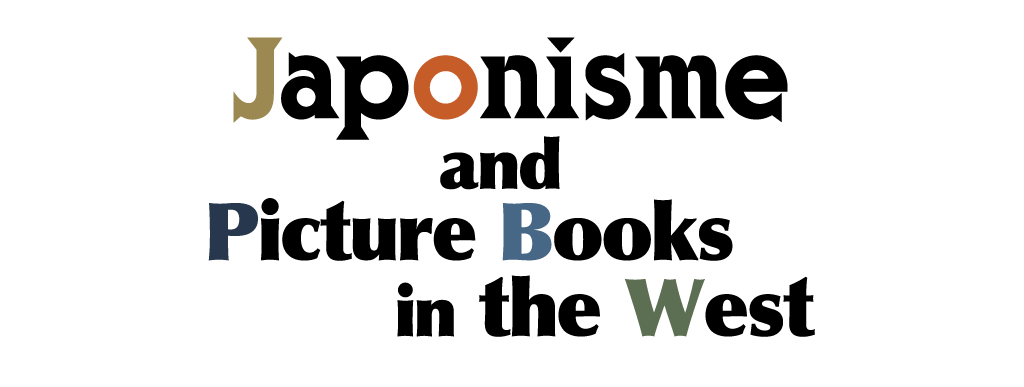
The word “Japonisme” used in this commentary is to describe the influence of Japanese art and craft on European artists mainly in the latter part of the nineteenth century.

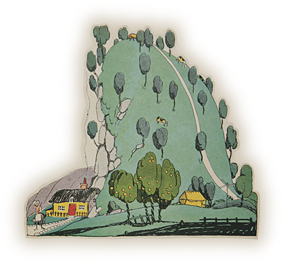
Note: The following sentences are excerpts from the narrations.
Audio controller
(♪) The Japanese archipelago lies off the eastern edge of the Eurasian continent. Mild in climate and with abundant rainfall, it is covered with steep mountains and abundant vegetation. The dark greens of densely forested slopes, the shifting monotones of mist-laden valleys, the rich browns of the earth—this was the palette that nurtured Japan’s diverse expressions of art.
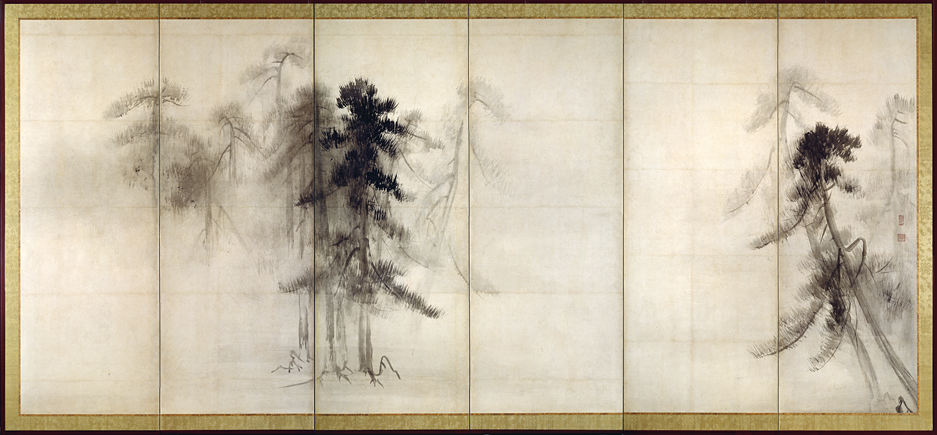
“Pine Trees” Screen
By Hasegawa Tohaku.
National Treasure. Momoyama Period (16th century).
Tokyo National Museum. (Whole and partial views)
Image:TNM Image Archives
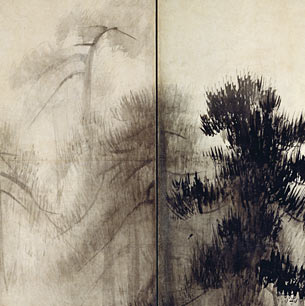
(♪) Ukiyo-e’s influence upon European impressionist painters is well known, but less familiar is its influence upon Western picture books in the late-nineteenth century, a time that coincided with the incipient period of woodblock printed color picture books in Europe. (♪)
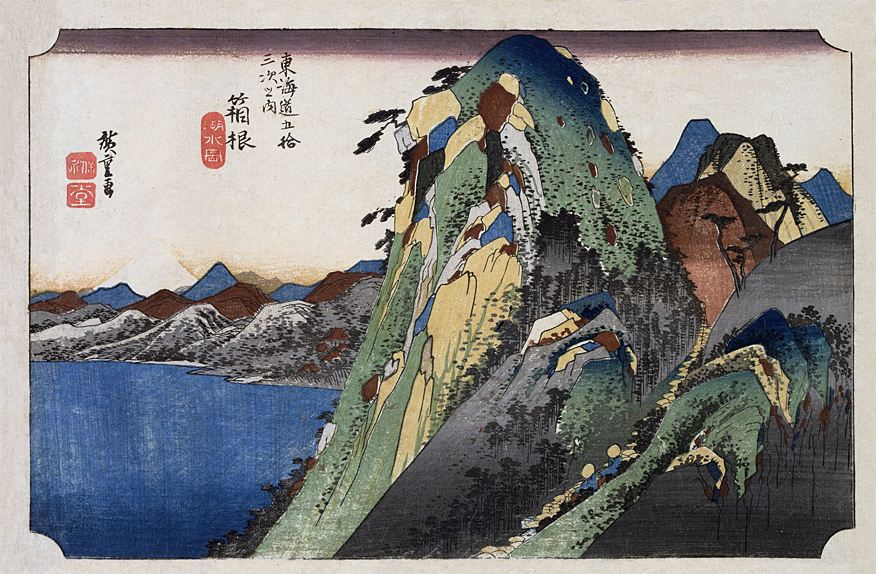
Fifty-three Stations on the Tokaido: Hakone
By Utagawa Hiroshige
ca. 1833
Tokyo National Museum. Image:TNM Image Archives
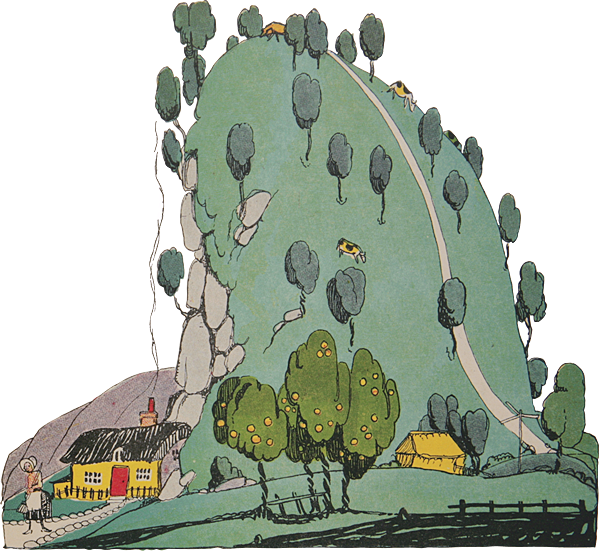
The Nursery Rhymes
By Claud Lovat Fraser
1916
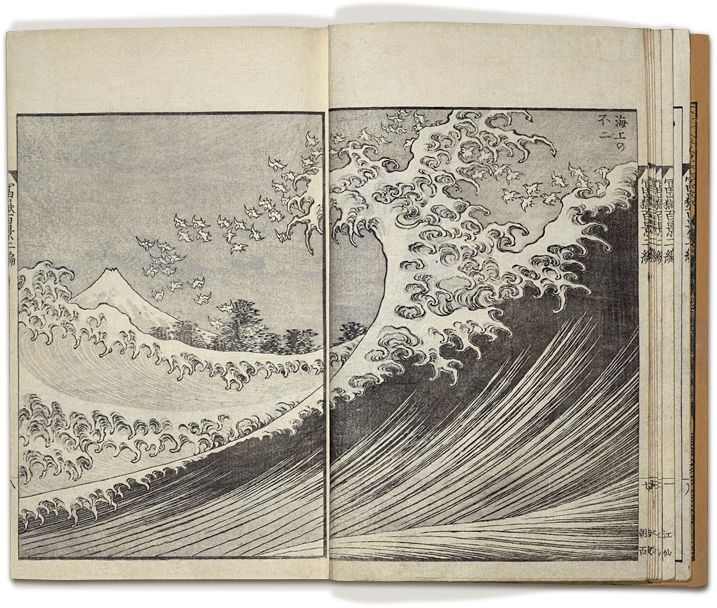
Hundred Views of Mt. Fuji: Fuji on the Ocean By Katsushika Hokusai
1835
Tokyo National Museum. Image:TNM Image Archives
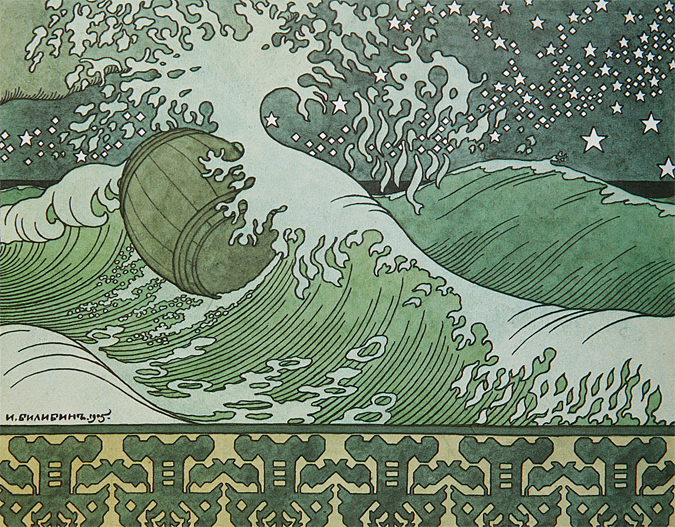
The Tale of Tsar Sultan
By Alexander Pushkin.
Illustrated by Ivan Bilibin
1905
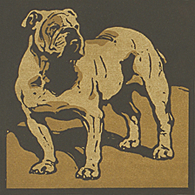
Audio controller
(♪) William Nicholson’s The Square Book of Animals reflects the universal aesthetic of Japonisme. In his pages, the familiar animals and livestock of daily life emerge as pure works of art. Here, breaking away from the conventions of chronological storytelling for picture books, he emphasizes the space and composition of each illustration. A well-calculated balance is achieved between the elaboration of individual pages and the overall composition of the picture book as a whole. (♪)
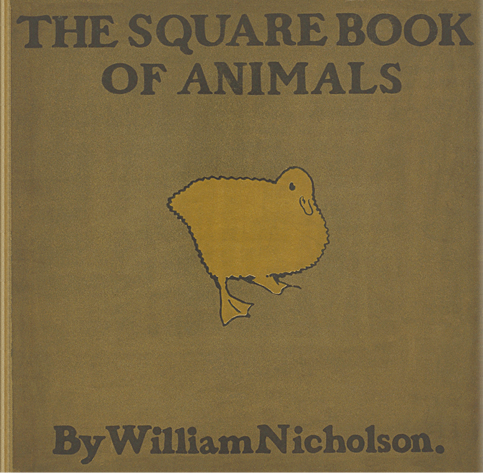
The Square Book of Animals
By William Nicholson. Rhymes by Arthur Waugh
1900(1899)
(C) by permission of Elizabeth Banks
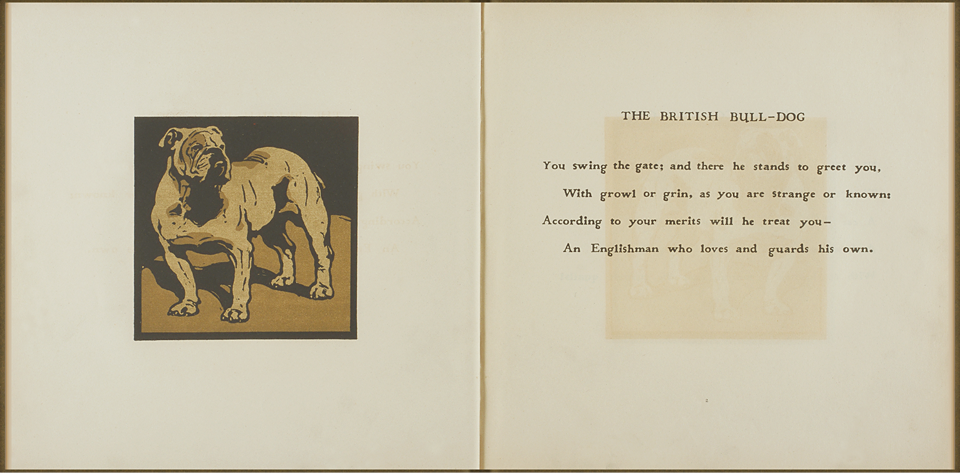
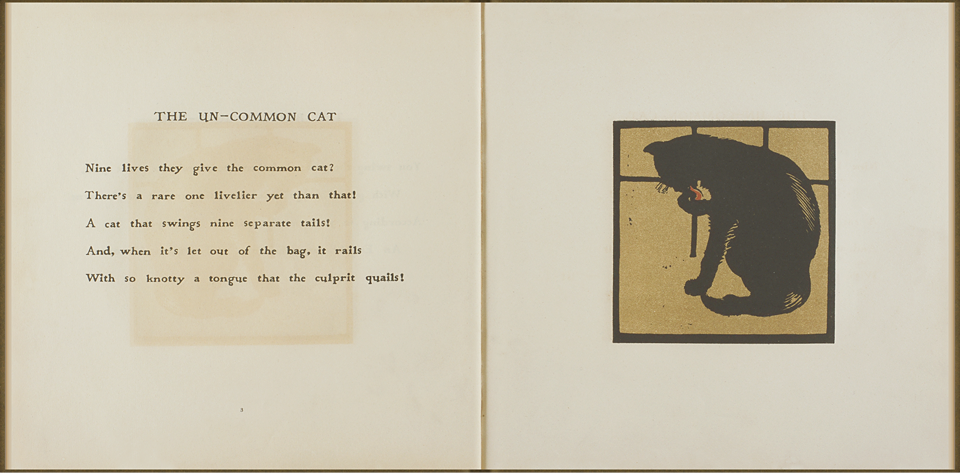
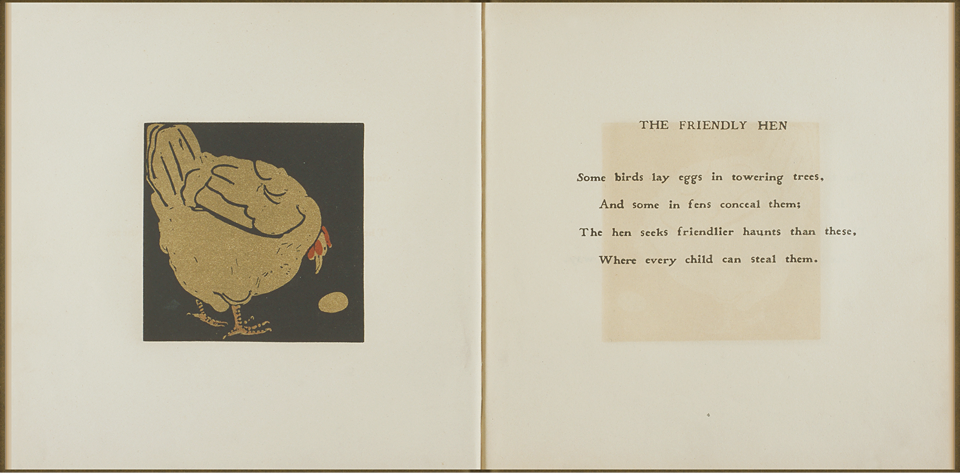
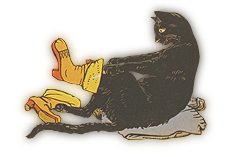
Audio controller
(♪) Walter Crane’s Puss in Boots depicts people and things in vivid colors and clear outlines. The book may seem quite different from Edo picture books, which were printed in monotone, but they have much in common in the treatment of space. Crane deliberately ignores the basic one-frame for one-scene rule of composition passed down since the Renaissance, filling each page with multiple scenes unfolding in succession, a composition similar to that of Edo picture books.

Edo Picture Book Bunbuku’s Teakettle

Edo Picture Book Princess Hachikazuki
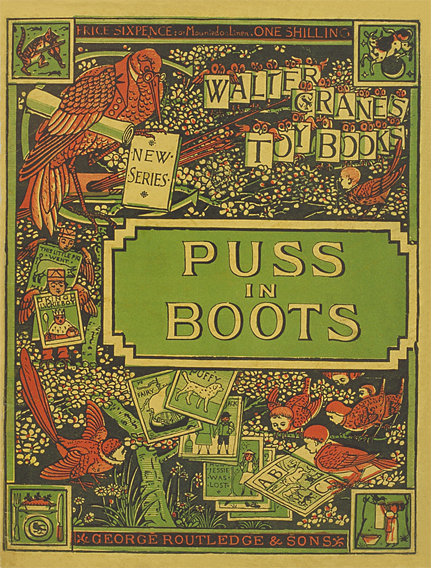
Puss in Boots By Walter Crane
1875(1873)
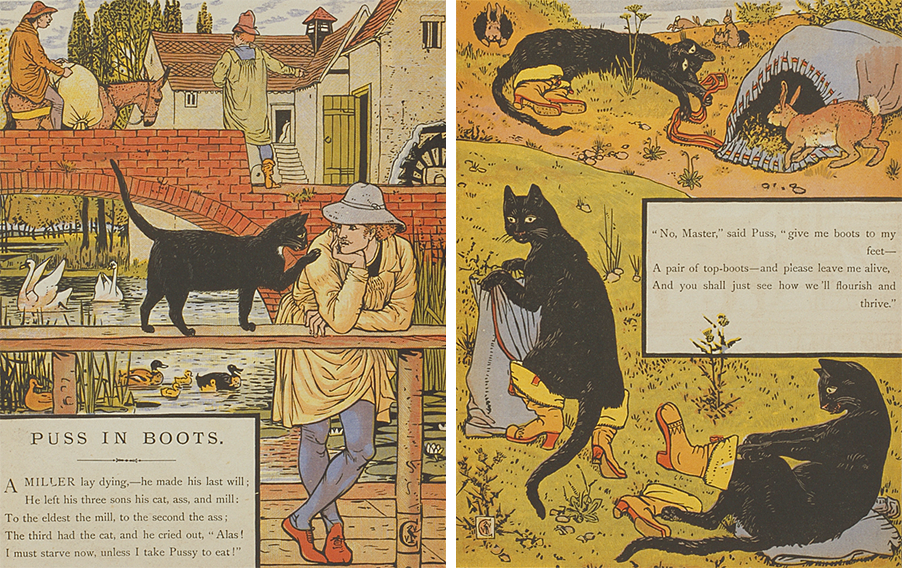
(♪) Page 1 shows the first and second sons and their inheritance, and the third son, who received only a cat. (♪) Page 2 portrays in bold images the activities of the cat, which has promised it would make the third son flourish.
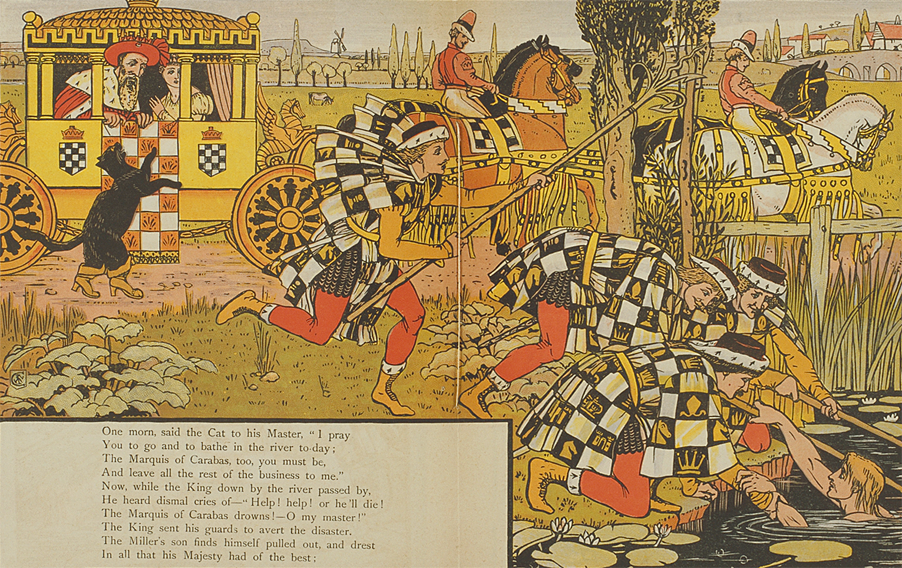
(♪) Pages 3 through 6 show the ingenious ways the cat devises to make the third son the Marquis of Carabas.
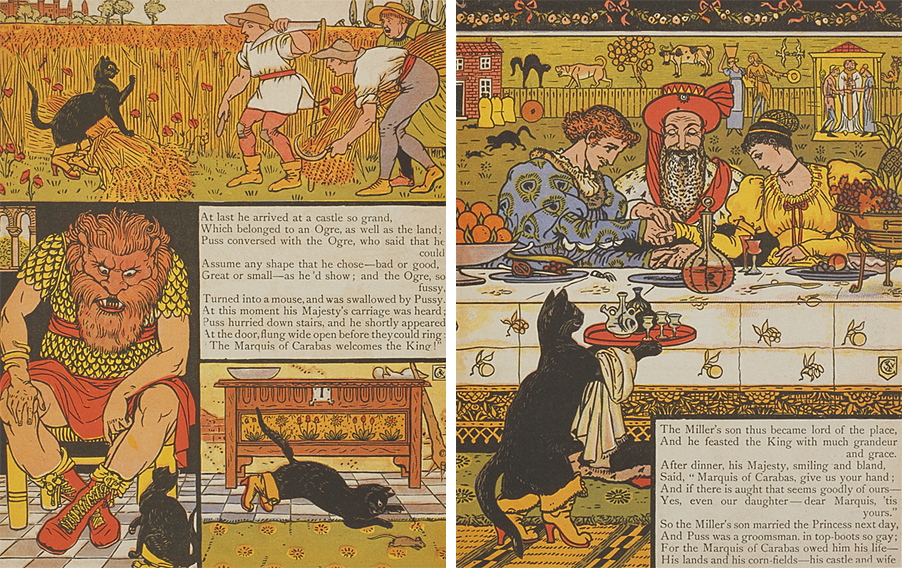
(♪) On pages 7 and 8 the cat sets out on a campaign to take away the ogre’s castle and put it in the Marquis’s possession, and then comes the grand finale.
(♪) In the mere eight pages of this picture book the spectacular performance of Puss in Boots is staged in bright colors and elaborate detail. (♪) An ardent admirer of Japonisme, Crane is said to have had woodblock prints by ukiyo-e painter Toyokuni in his collection.
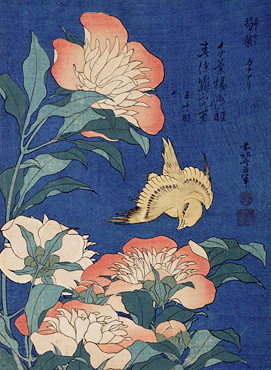
Audio controller

Kanariya shakuyaku (Canary and Peony) By Katsushika Hokusai
ca. 1834
Tokyo National Museum. Image:TNM Image Archives
(♪) Japonisme also conveyed an aesthetic in which the entire world of nature could be appreciated within even its smallest fragment. Looking at some picture books in England, one experiences the momentary illusion that the flowers and birds from Hiroshige and Hokusai prints have somehow crossed the oceans to England to appear in those books.
We cannot fail to notice that these and other outstanding picture books came into being in the West at a time of contact with Japanese artistic expression. They are testimony to the enthusiastic response of Western artists toward the end of the nineteenth century to the exquisite forms of beauty to be found in art from distant lands. (♪)
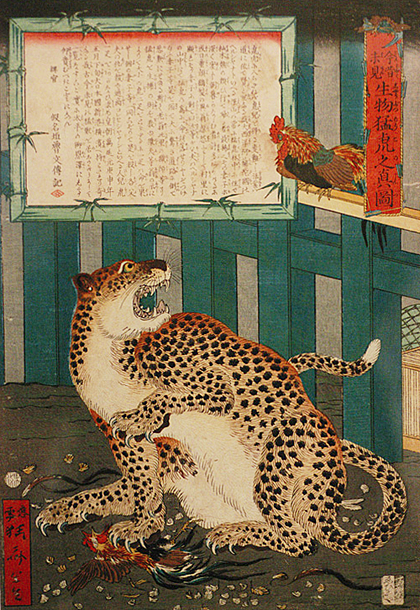
Konjaku miken Shobutsu moko no shinzu (Fabulous Creatures of Past and Present)
By Kawanabe Kyosai
1860
Kawanabe Kyosai Memorial Museum
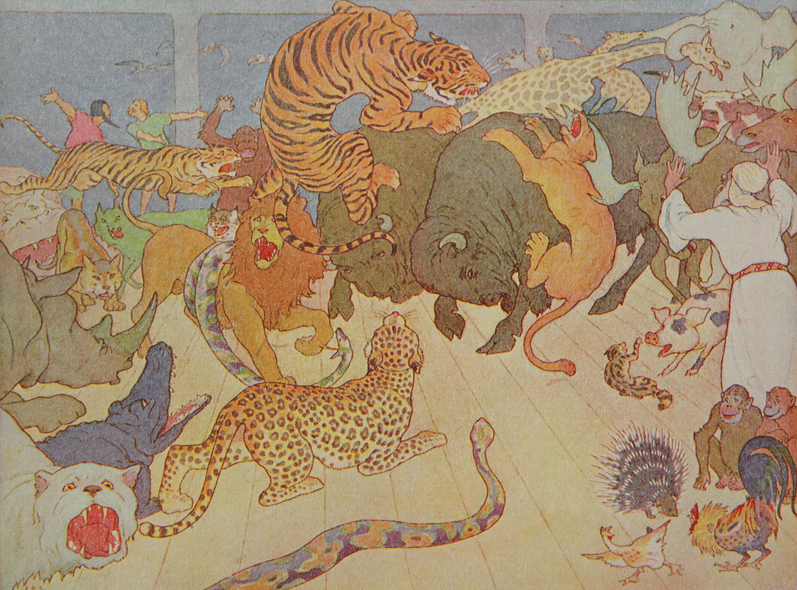
The Story of Noah’s Ark Told and pictured by E. Boyd Smith
1905
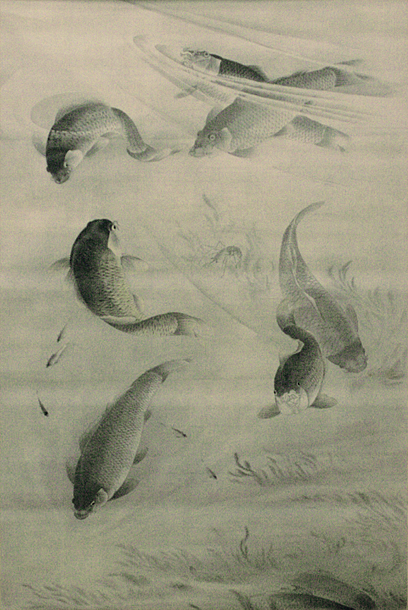
Rigyo yuei zu (Swimming Carp) By Kawanabe Kyosai
1885-1886
Kawanabe Kyosai Memorial Museum
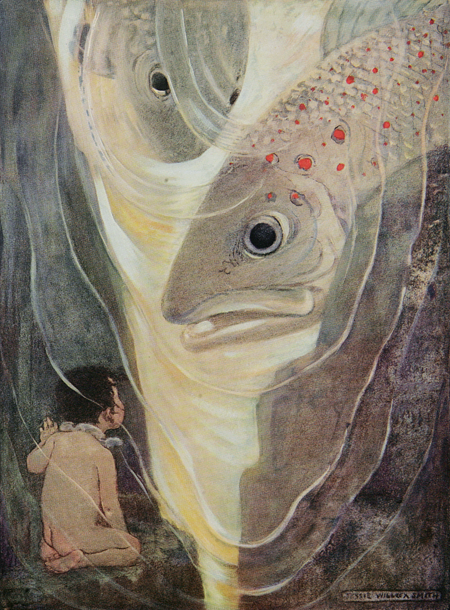
The Water Babies By Charles Kingsley. Illustrated by Jessie Willcox Smith
1916
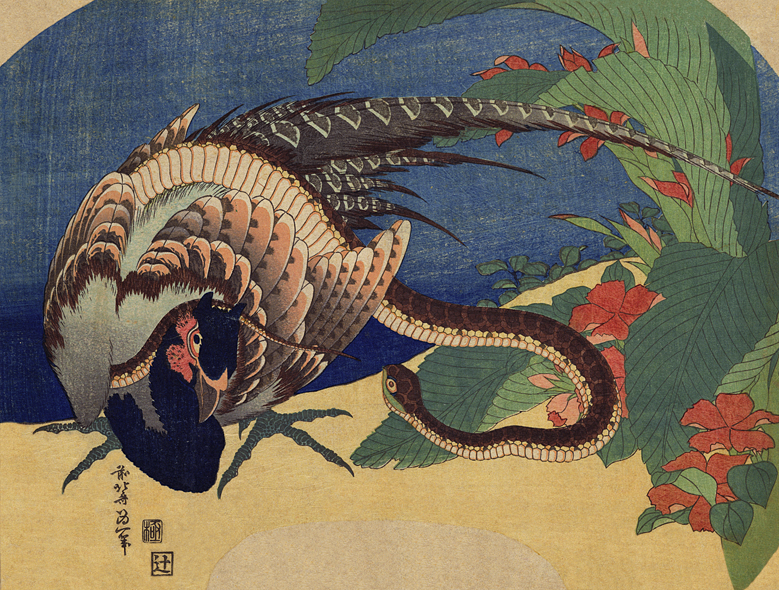
Kiji to hebi (Pheasant and Snake) By Katsushika Hokusai
ca. 1830-1833
Tokyo National Museum. Image:TNM Image Archives
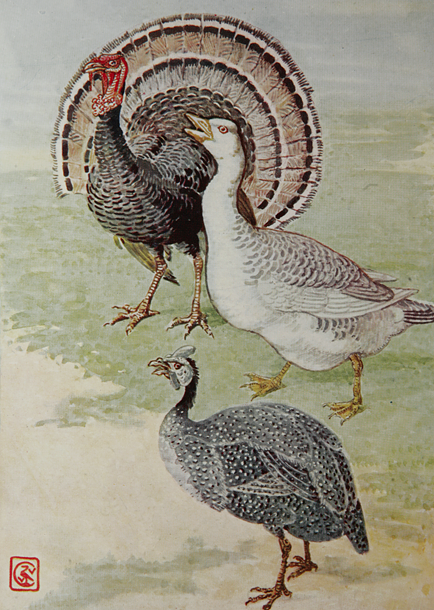
Rumbo-Rhymes; or the Great Combine; A Satire
By Alfred C. Calmour; Pictured by Walter Crane
1911
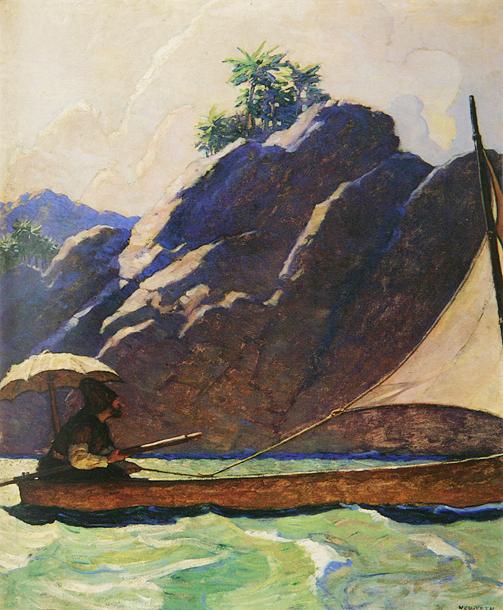
Robinson Crusoe
By Daniel Defoe; Illustrated by N.C. Wyeth
1920

